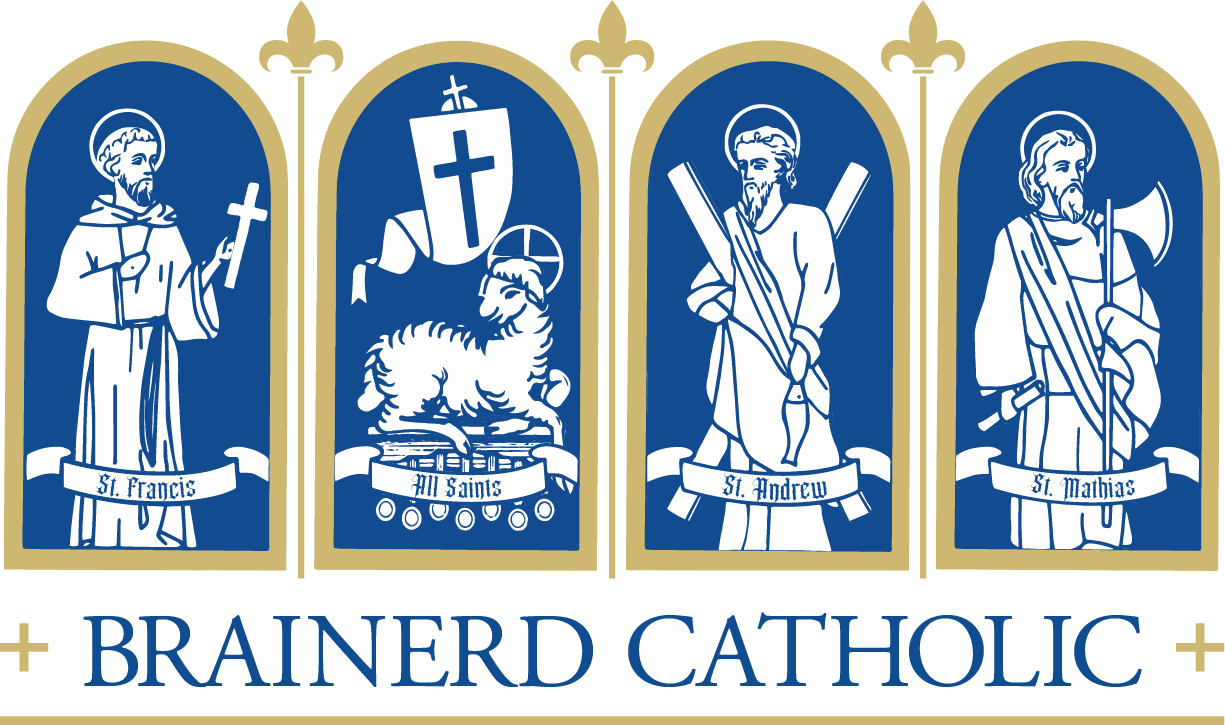Latin in the Liturgy
It might be hard for Catholics of today to imagine, but the use of Latin in the liturgy was once—and for centuries—seen as one of the most universal, unifying, and transcendent aspects of Catholic liturgy and worship. Today the use of Latin is most commonly perceived as divisive, obscuring, and outdated. The latter perception is almost completely antithetical to the historic, traditional, and well documented mind of the Church. Prior to the Second Vatican Council (1962-1965), the last major document on the sacred liturgy was the encyclical of Pope Pius XII, Mediator Dei. The Venerable Pius XII wrote, “The use of the Latin language, customary in a considerable portion of the Church, is a manifest and beautiful sign of unity, as well as an effective antidote for any corruption of doctrinal truth” (MD 60).
Lest anyone think this perspective was completely jettisoned by the bishops of the world gathered together at the Second Vatican Council, let it be known that the topic of liturgical language was raised in the very first document issued by the Council, Constitution on the Sacred Liturgy (or, in Latin, Sacrosanctum Concilium). The document explicitly states, “the use of the Latin language is to be preserved” (SC 36). However, it also provides for wider use of the vernacular: “In Masses which are celebrated with the people, a suitable place may be allotted to their mother tongue. This is to apply in the first place to the readings and ‘the common prayer,’ but also, as local conditions may warrant, to those parts which pertain to the people.” In other words, it makes good sense to have some parts of the Mass in the language of the people, for example, the readings and the intercessions. Nevertheless, the very next line of the same document again reiterates, “steps should be taken so that the faithful may also be able to say or to sing together in Latin those parts of the Ordinary of the Mass which pertain to them” (SC 54). So while the Council fathers envisioned a much wider use of the language of the people within Mass, they still stressed the need for the faithful to learn, say, and sing the ordinary parts of the Mass in Latin—the Gloria, the Creed, the Holy, Holy, Holy, the Lamb of God, the Our Father, etc.
Next week we’ll see some more recent papal teachings on the use of Latin in the liturgy. For now, consider the enormous difference between current popular opinion and the mind of the Church as articulated by the Second Vatican Council itself. How did we arrive here? How is it that Catholics once held Latin to be “a manifest and beautiful sign of unity” that “is to be preserved”? How are we to think about the use of Latin in the Church’s liturgy today? And what should we be appealing to to guide our thoughts?
— Fr. Michael Garry
Brainerd Catholic serves residents and visitors of the Lakes Area of Minnesota. Five parishes that include All Saints, rural Baxter, MN - St. Andrew’s, South Brainerd, MN, - St. Francis, North Brainerd, MN, - St. Mathias, St. Mathias, MN - (St. Thomas of The Pines, East Gull Lake, MN Memorial Day through Labor Day) Visit BrainerdCatholic.org for information about joining the church, service times, streaming services, events, and more.
